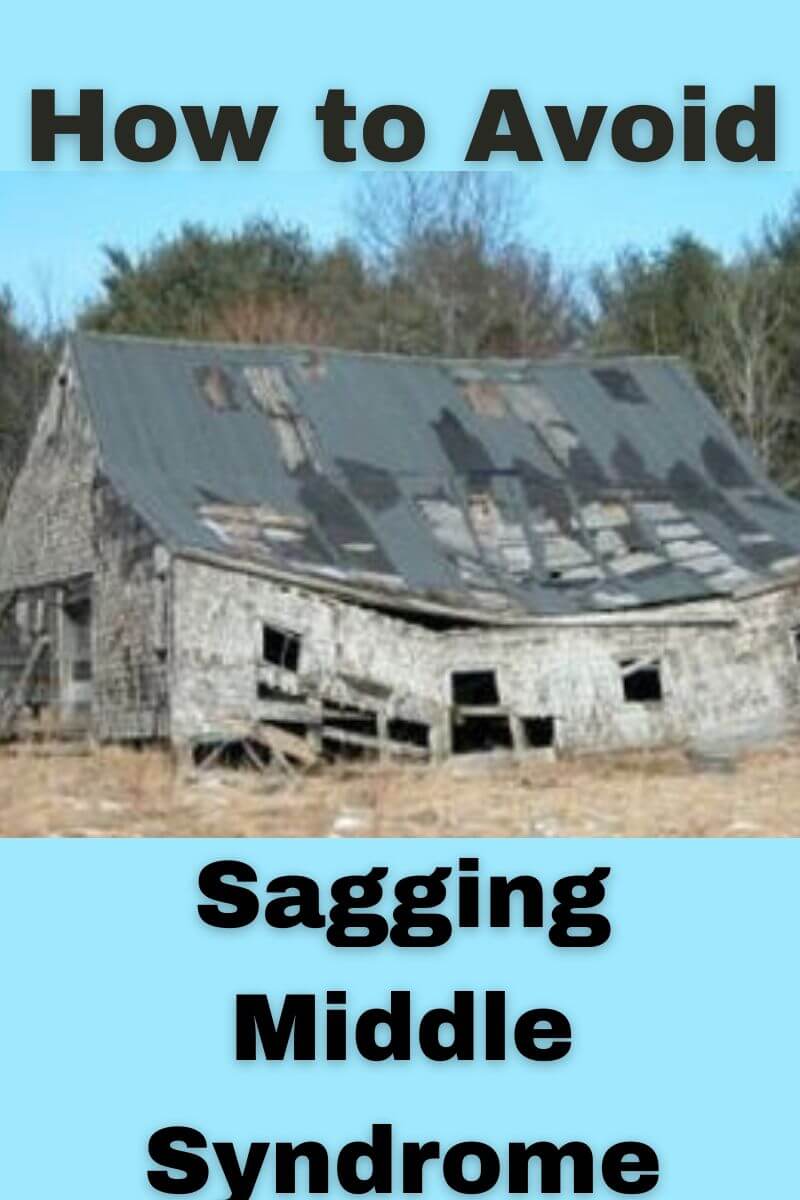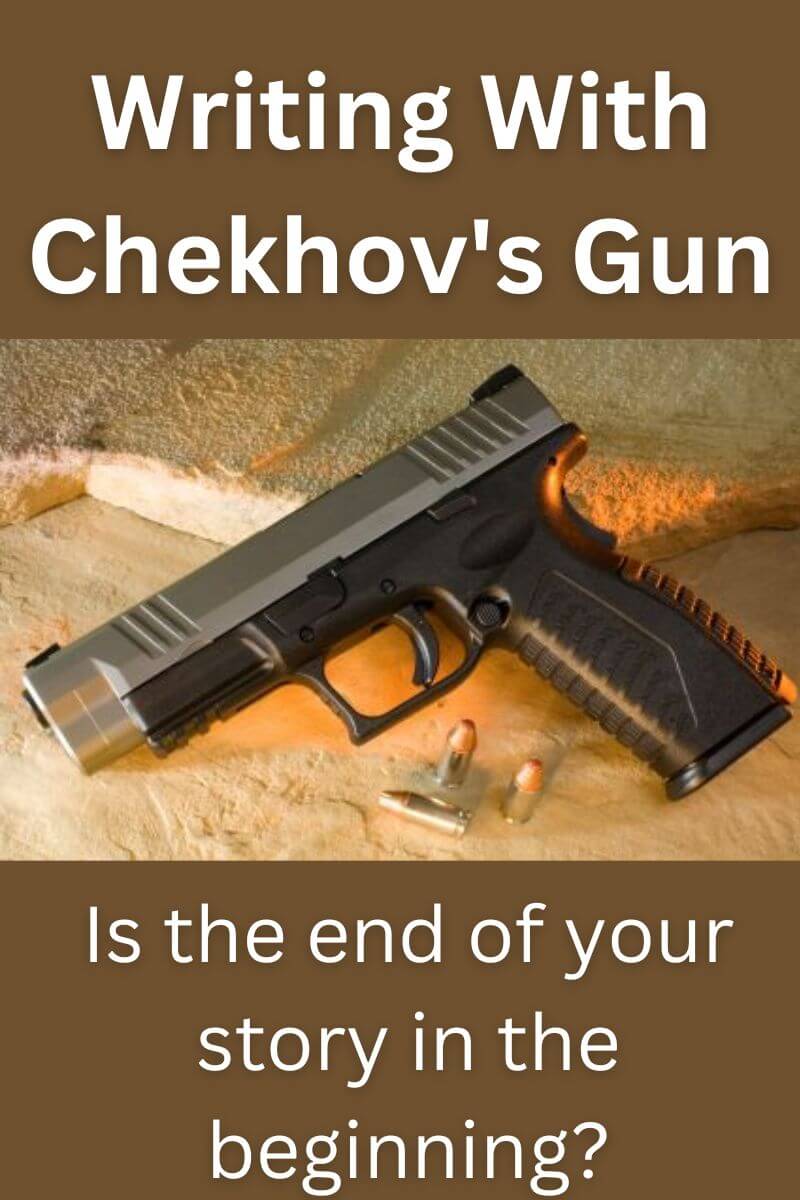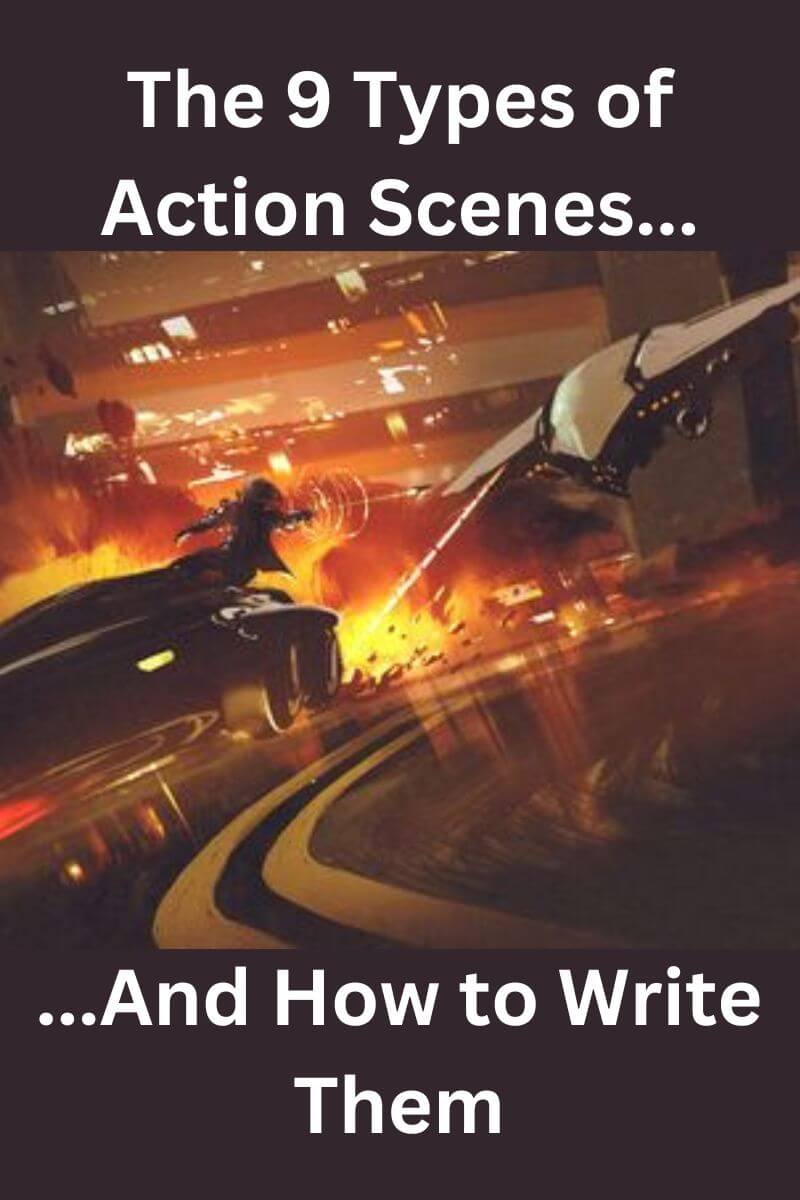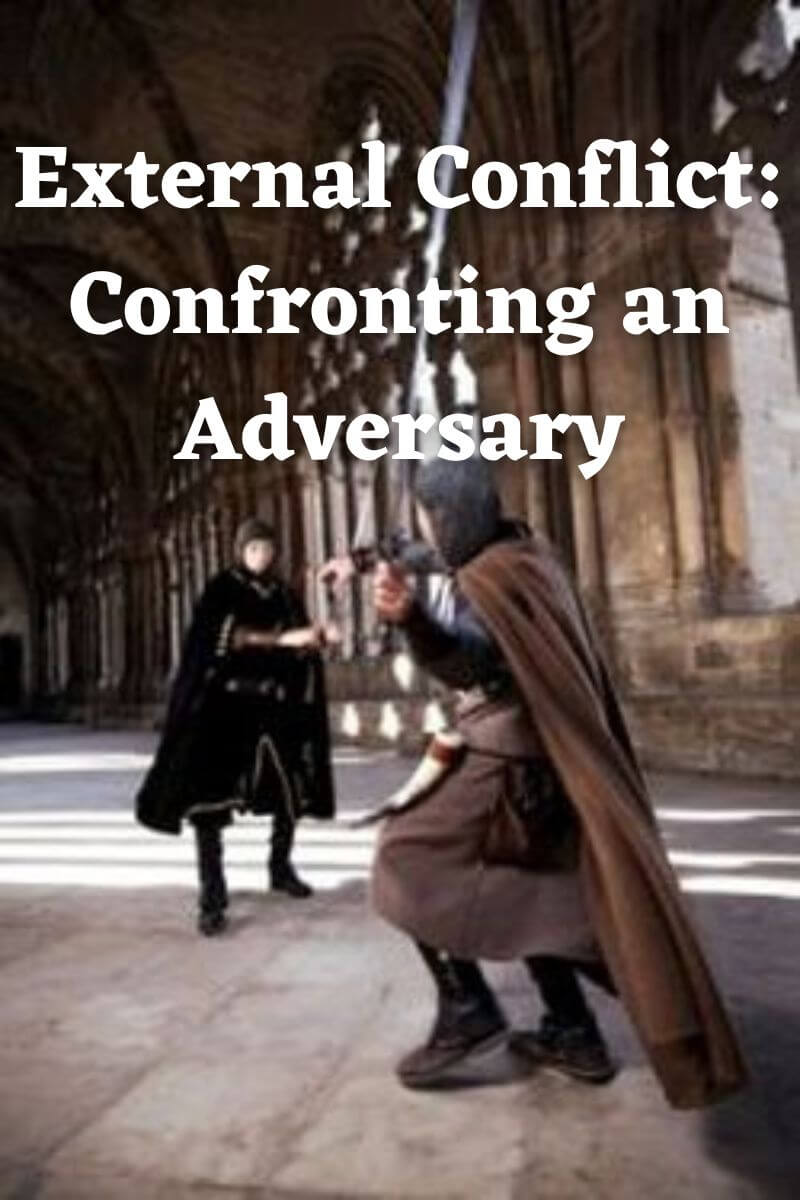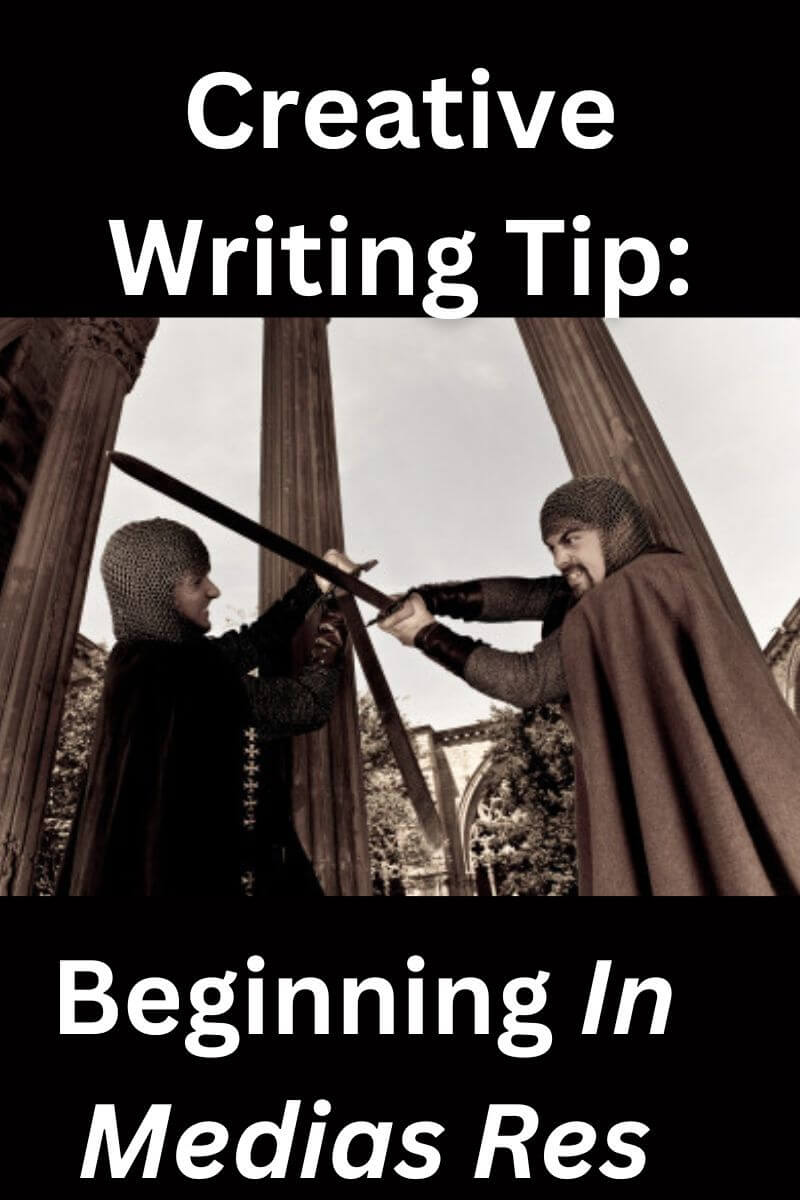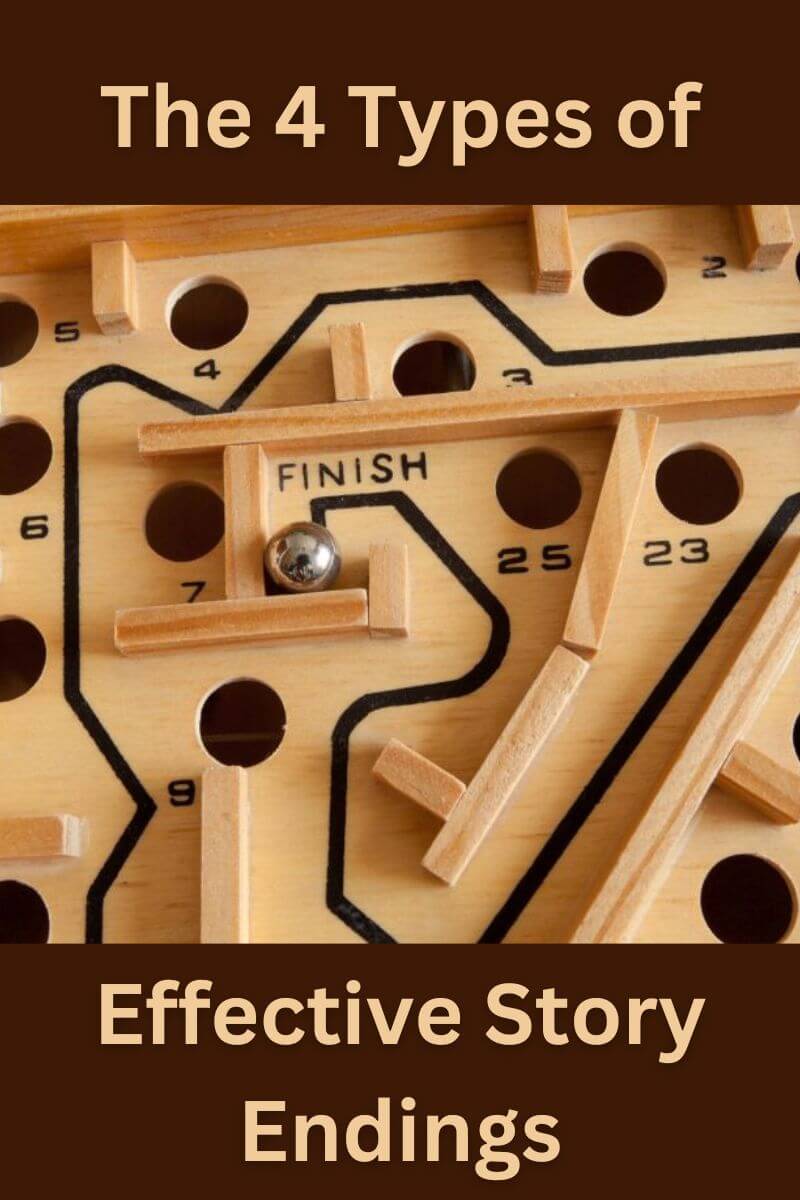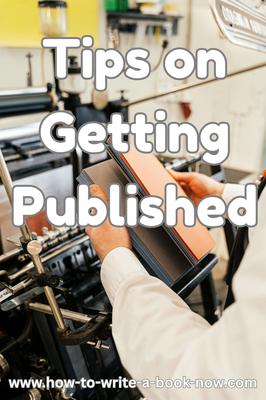Sagging Middle Syndrome: How To Rescue Your Novel From Its Fatal Effect
By Glen C. Strathy
A sagging middle is one of the most common problems you can run into when writing a novel. Fortunately, it can be cured and/or avoided.
Just to be clear, we're not talking about what happens to a writer's body when it is forced to spend long days at a keyboard, getting no exercise and snacking excessively to reduce tension. The “sagging middle” we're referring to occurs when the prose that fills the large space between your novel's opening and its climax fails to hold your reader's interest.
Sagging middles are generally the result of weak structure. And, to be honest, most theories of creative writing offer too little guidance when it comes to structuring the middle part of a plot. If you are a “pantser,” or have otherwise failed to work out your plot structure in enough detail before you start writing, it's all too easy to end up writing a sagging middle.
For instance, let's assume you know enough to begin your novel with a strong, exciting, inciting incident. You may also have a sense of what the climax or ending will eventually be. Or maybe you trust that a climax will come to you as you write.
Nonetheless, the chain of events that will occur after Chapter 1 is rather fuzzy in your mind. So you start to meander. You find yourself writing incidents, subplots, and character reflections that seem to have no real connection to each other or to your main plot. Nonetheless, you soldier on, trying to make the story interesting and hoping it will hang together by the end. Then, about two thirds of the way through the manuscript, you remember that you have to write an exciting climax, so you drive the story towards that goal and achieve it. Finally, you add a resolution that tries to wrap up everything that came before.
The result may be an okay story in the final reel, but all the stuff before the climax is structurally weak. You didn't treat that part of the story as an important and integral part of the whole, so your reader won't see it that way either and may put down the book after a few chapters or skip ahead. (Or more likely, the publisher will decide the novel's sagging middle makes it unpublishable.)
The solution to a sagging middle is to make the first two thirds of your novel as structurally sound as the ending. In this area, Dramatica theory can help.
Here are a few tips...
The middle is just as important as the end.
Dramatica notes that a sound plot progresses through 4 major events which correspond to:
The inciting incident
The complication
The crisis
The resolution
These four signposts can further be subdivided, so that each signpost becomes one act in a four-act story.
Within this structure, all four acts/signposts are equally important. You cannot omit the second one or treat it as less crucial than any of the others, because the result will be a sagging middle. So take the time to make Act 2 as gripping as the others. This is should be the place where new problems arise. It's the place where the protagonist is forced to abandon his original plan and move in a new direction to meet an added challenge.
Prevent a Sagging Middle by Increasing Tension.
Sagging middles especially result when there is no increase in tension as the plot progresses. In the move towards the climax, your characters should face increasingly bigger obstacles and challenges. Things should get more complicated – never less. Characters should have more at stake as events unfold. The emotions should run higher and deeper. And each event should leave the reader more concerned about what will happen next.
Every part of a novel should be integral to the whole.
As Aristotle pointed out, every good story is a series of events linked by cause and effect. That means each event should both result from what came before and cause the next event to take place. Events that are not part of such a chain only weaken the story.
Of course, you will have subplots and developing relationships. In particular, a well-balanced story should have four main throughlines (see Writing an Outline for more on what these are). However, good subplots are always connected to the main plot. Events within each throughline, subplot, or relationship also unfold in a strong, parallel cause and effect chain that builds towards a climax.
So while you may interrupt the main plot to focus on your main character's inner conflict, make sure the resolution of that inner conflict is important to the resolution of the main plot. Give the hero's inner struggle a complete story line that grows in tension as the main plot does.
Keep in mind the 8 Elements of Plot.
Remember that a good plot contains several important elements that create tension, including...
The Story Goal: what does the protagonist want to achieve?
Consequences: what will happen if the protagonist fails?
Requirements: what must happen for the protagonist to win?
Forewarnings: what indications arise that show the Consequences are getting nearer?
For instance, try alternating Requirements with Forewarnings. Each time the heroes take a step closer to achieving the Story Goal, have the villains take a step closer to thwarting it. Don't let the reader (or the characters) lose sight of the Goal or the Consequences. (Click here for more on the 8 Elements.)
Plan.
At the bare minimum, you should decide on the inciting incident, the complication, the climax, and the resolution, before you start writing.
However, they may not be enough. The climax can seem too far away if you're only on chapter 3, and the path that will take you there may be too murky. It's far better to fill in some of the smaller stepping stones ahead of time. That way, as you write, you can keep focused on the next event you are working towards. Aimless exploration can get you lost. Map out the path ahead!
- Home
- Storytelling Tips
- Sagging Middle
For more help avoiding sagging middles and creating a detailed outline,
Do you have a question about sagging middles or any other aspect of novel writing? If so, visit our Questions About Novel Writing page to get the answers you need.
